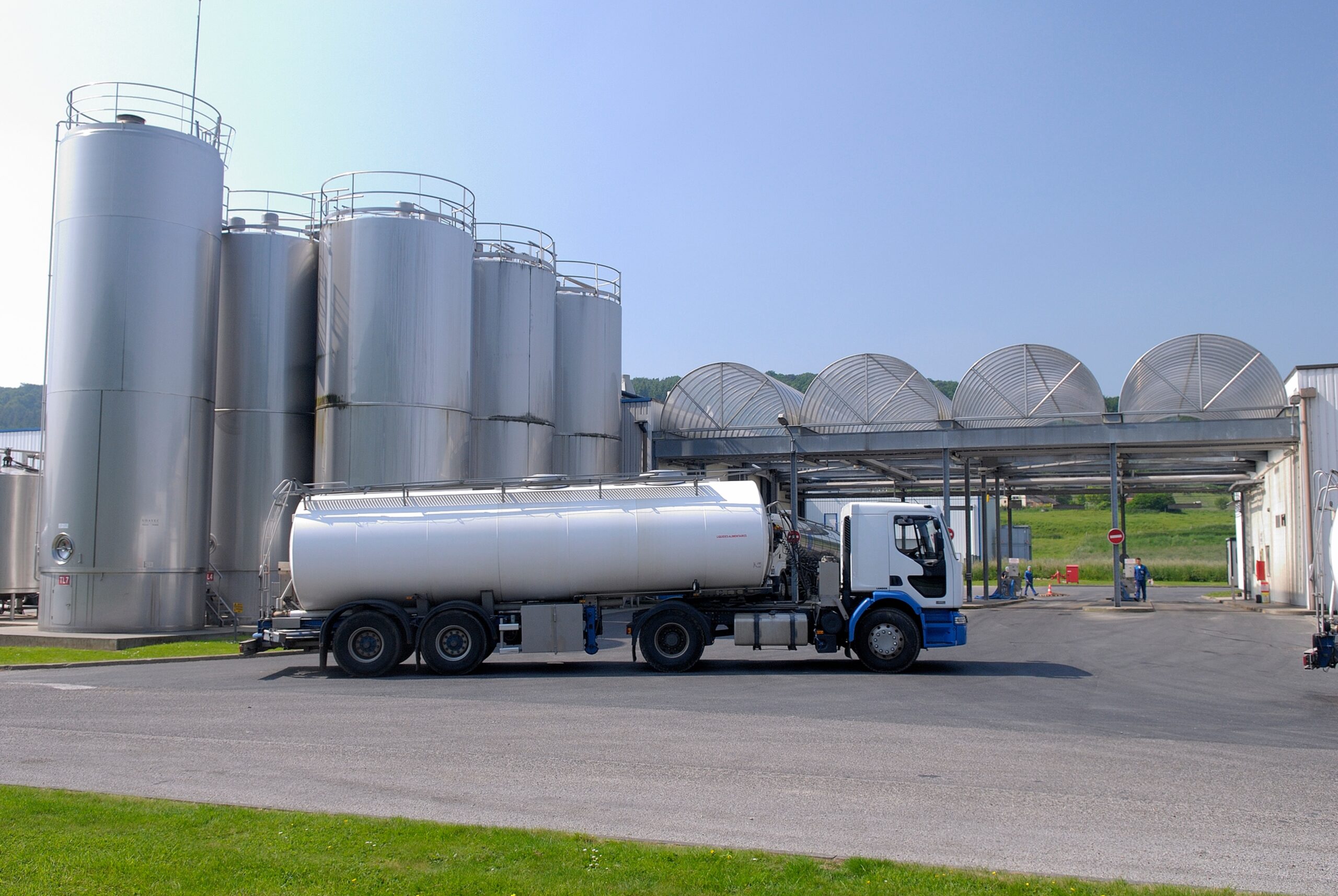In the world of logistics, time is money. Every minute wasted waiting for a truck to load or unload can have a significant impact on the productivity and efficiency of your supply chain.
So how can you reduce these wait times and optimize the operation of your loading zones? This article provides you with key tips and proven strategies to improve your truck flow management.
The importance of truck flow management
What is truck flow management and why is it critical?
Truck flow management is not just about making sure that trucks arrive and leave on time. It’s also about optimization, timing and planning. As a plant manager, you know that every minute counts. A truck at a standstill means unused service time, a driver waiting and goods not on their way to their destination.
This optimized management of truck flows also takes into account the amplitude of the day. Indeed, good planning can allow loading and unloading operations to be efficiently distributed throughout the day, thus minimizing waiting times and maximizing productivity. Truck pickup must be seamless.
Consequences of poor truck flow management
Poor management can result in additional costs for the client. The longer the waiting time, the higher the cost of providing the truck. The employer is obliged to compensate for lower shipments if waiting times exceed a certain threshold. This can result in a loss of time for the driver, who could use this time for personal pursuits rather than waiting for the goods to be picked up.
In addition, these extended dwell times can result in additional costs to carriers when uncompensated wait times exceed the time required to perform transportation tasks. These unanticipated costs can quickly add up, creating tension between the originator and the carrier and threatening the profitability of the transportation operation.
Effective truck flow management is essential to minimize these downtimes and ensure optimal use of driving time.
Reasons for waiting times in loading zones
External factors contributing to service waiting time
External factors can contribute to increased truck wait times. These factors include traffic congestion, adverse weather conditions and supplier delivery times.
Internal factors that increase wait times
Internally, inefficient shipping and receiving procedures, lack of coordination between departments and human error can all increase truck wait times.
Risks associated with extended wait times
Risks to safety and quality of goods
A truck at a standstill is a vulnerable truck. The longer the waiting time, the higher the risk of cargo theft.
Risks to productivity and efficiency
Every minute a truck spends waiting is a minute lost to your business. This can affect productivity, efficiency and even employee morale.
The solution: centralized truck flow management software
A flow management software is a tool that allows you to coordinate and optimize the movement of trucks in a loading zone. This type of solution can drastically reduce waiting times. A flow management software like IBITruck allows to :
- Manage access to the site
- Manage the weighing
- Manage transactions in connection with the ERP
- Ensure the traceability of vehicles on site with RFID/QR and video
- Automate the loading and unloading phases of the vehicles
- Generate tracking and analysis reports
The software provides an overview of the loading and unloading operations, allowing for better coordination between the different actors. It is a real optimization lever for factories, allowing them to gain in efficiency and productivity.
Summary: Towards optimized management of truck flows
Reducing truck waiting times in loading zones is a major challenge for plant managers. The costs associated with these wait times, which include driver duty time and truck availability, can be significant, affecting productivity, efficiency and profitability.
However, with the right solutions, employers can turn this challenge into an opportunity. Truck flow management software can help optimize truck scheduling, reduce wait times, and improve overall operational efficiency, including the execution of various loading and unloading tasks.
So, what are you waiting for to adopt a solution that will allow you to optimize your truck flows, maximize your plant’s productivity, and ensure better management of your drivers’ duty time?













